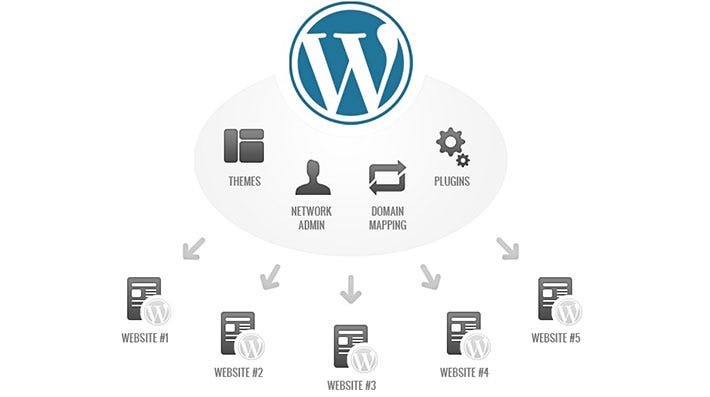Images play a crucial role in enhancing the visual appeal of your WordPress website. However, large and unoptimized images can significantly impact your website’s performance and slow down page loading times. Therefore, it’s essential to optimize your images for WordPress to ensure a faster and more efficient website.
One of the primary steps in optimizing images for WordPress is resizing them to the appropriate dimensions. Large images consume more bandwidth and take longer to load. Use image editing tools or online services to resize images according to your website’s design requirements.

Another crucial aspect of image optimization is compressing them to reduce file size without compromising image quality. Several WordPress plugins, such as Smush, offer image compression functionality. Compressed images load faster, resulting in improved website performance.

Choosing the right image format can significantly impact your website’s loading speed. The most common image formats are JPEG, PNG, and GIF. JPEGs are perfect for photographs, while PNGs are ideal for images with transparency, such as logos. GIFs are suitable for animations. Select the appropriate format for each image to optimize loading times.
Lazy loading is an effective technique that defers the loading of non-visible images. With lazy loading, images are only loaded when they come into view as the user scrolls down the page. This practice reduces the initial page load time and speeds up overall website performance.

Implementing a CDN can further optimize image delivery on your WordPress website. CDNs distribute your images across multiple servers worldwide, ensuring faster image loading times for visitors, regardless of their geographical location.

Optimizing images for WordPress is crucial to maintain a fast and efficient website. By resizing, compressing, using appropriate image formats, lazy loading, and implementing a CDN, you can significantly improve the loading speed and overall performance of your WordPress website.
